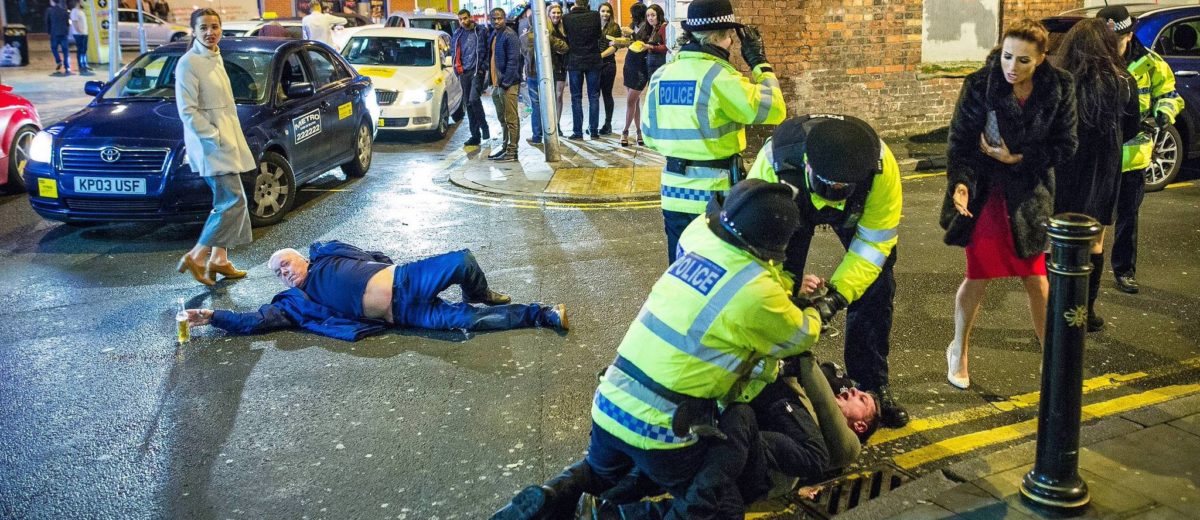An interesting tidbit from The New York Times of 6 February 1858 in an article entitled “An Important Question Decided“:
It has long been a disputed point whether lager bier can be properly classed among toxatious drinks, but yesterday, Judge Strong of Long Island, decided, in the case of Jacob Staats, who was indicted for selling intoxicating liquors on Sunday, that lager bier is not an intoxicating drink. If the question had been whether lager is a stupefying drink, or not, the decision would probably have been in the affirmative. The decision is a very important one, and it will have a decided effect upon the habits of a very large class of our population, to whom lager bier has become almost a necessary of life. There will be great rejoicing over the decision of Judge Strong by our German population, and the “saloons” where their favorite beverage is sold will be crowded to-morrow with thirsty devotees.
There some interesting things in there. Is “saloons” in quotation mark to challenge the use of the term? Were they then too lowly? There are certainly plenty of stories in the newspapers of the period of dark deeds done in the lager saloon. And on the scale of words for drunk wouldn’t “stupefying” represent a higher state of affairs than “intoxicating”? A reminder to be wary of familiar words arising in other eras. The ruling ended up not deciding the matter. More court cases would follow as the role of the new lighter German style beer was assessed. Not just drinking on the Sabbath but drinking after midnight. Theater owners complained about entertainments in beer gardens, not required to pay the same license fees. Evidence is given of astounding feats of consumption over and over, of drinking 30 quarts in two hours… without “intoxicating” effect.
The stories are laced with an undertone of cultural conflict and, as part of that, an understanding of what beer is. To those writing the laws and drinking older styles, beer is stronger and something that could not be downed in such volumes. Beers like the over 8% Albany ales needed legal regulation even before the full rise of the political power of the temperance movement. In the 1850s, “lager bier” is a new social technology that doesn’t fit and may threaten. By the 1870s, however, Germans are presented as the model immigrants, supporting savings banks and charities even if they still have their lager bier saloons. If there had been a culture war, they may well have won.

[Original comments…]
Steve Gates – June 24, 2014 2:09 AM
I believe that the term saloon migrated north from the United States and it carried with it a social stigma that proved hard to shake. it represented a much lower class of venue for those inclined to partake in the consumption of alcohol. The lager beer saloon, which was very popular in most of Ontario, was that place where that new fangled light, clear and amber beer could be purchased. The whole idea of it was revolutionary for those with a propensity to try new things. I think that the saloon eventually managed to shake the initial bad press that came with it and ultimately, it became the place to drink beer and eat a plate of oysters or frog legs. I have found only one lager beer saloon in Belleville, circa 1885. Operated by two German immigrants, this place rocked for a decade or so before being sold to an Anglo who, of course, went conventional. The Germans were very cliquish, you don’t find many in this neck of the woods, preferring Kitchener, Guelph and Waterloo.
Alan – June 24, 2014 8:50 AM
I think I saw lager in and around Kitchener in the 1850s but not sure if there was lager beer saloon culture, too. Kingston City Hall had both the City Saloon and the Star Chamber Saloon in the 1840s and 50s – but I am not sure what the degree of swank was and it would not be expected they would have lager. So, saloon predates lager but appears to have rapidly had it attached to it.
Alan – June 24, 2014 8:57 AM
There were lager saloons listed in Hamilton in the late 1860s. Pretty sure Jordan backed lager in Ontario more than a decade in his part of the research for the Ontario beer book.